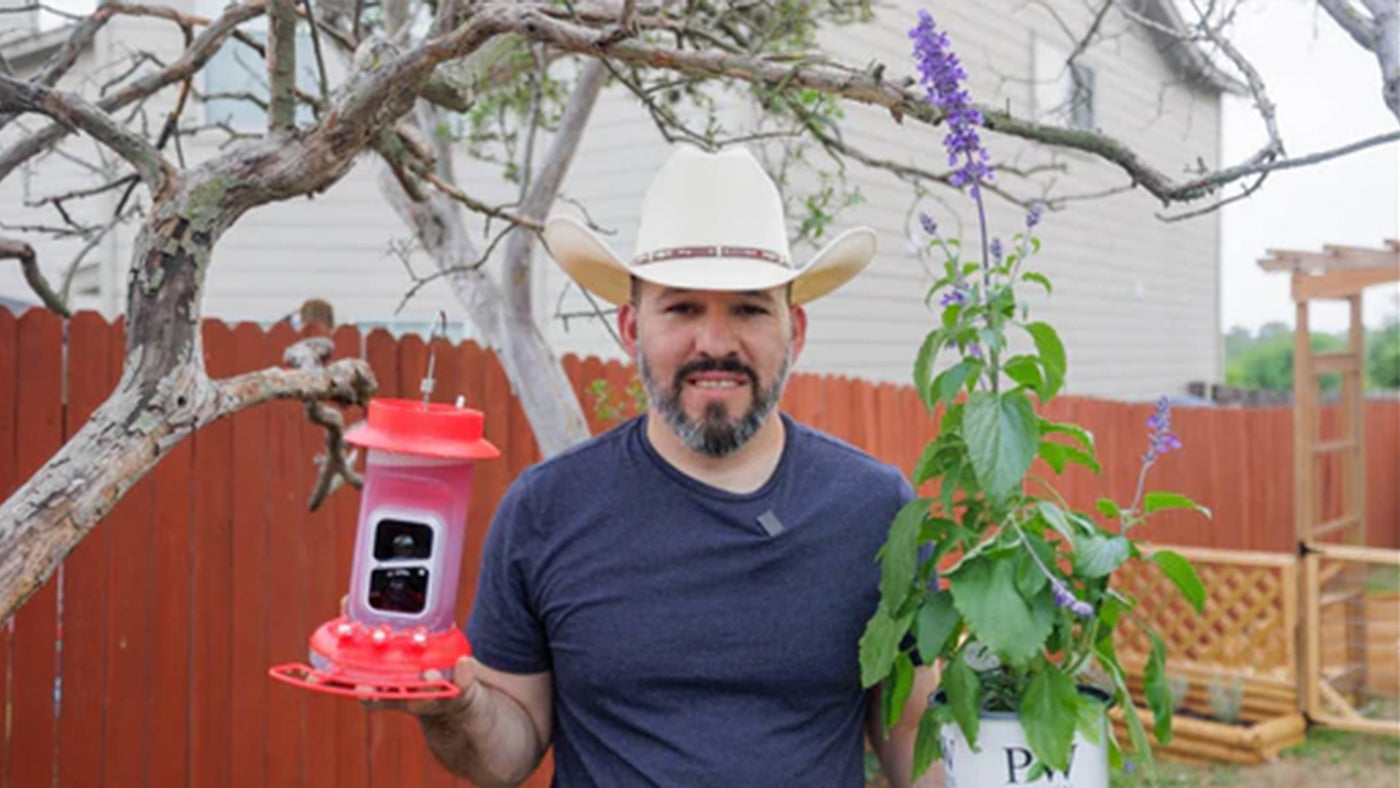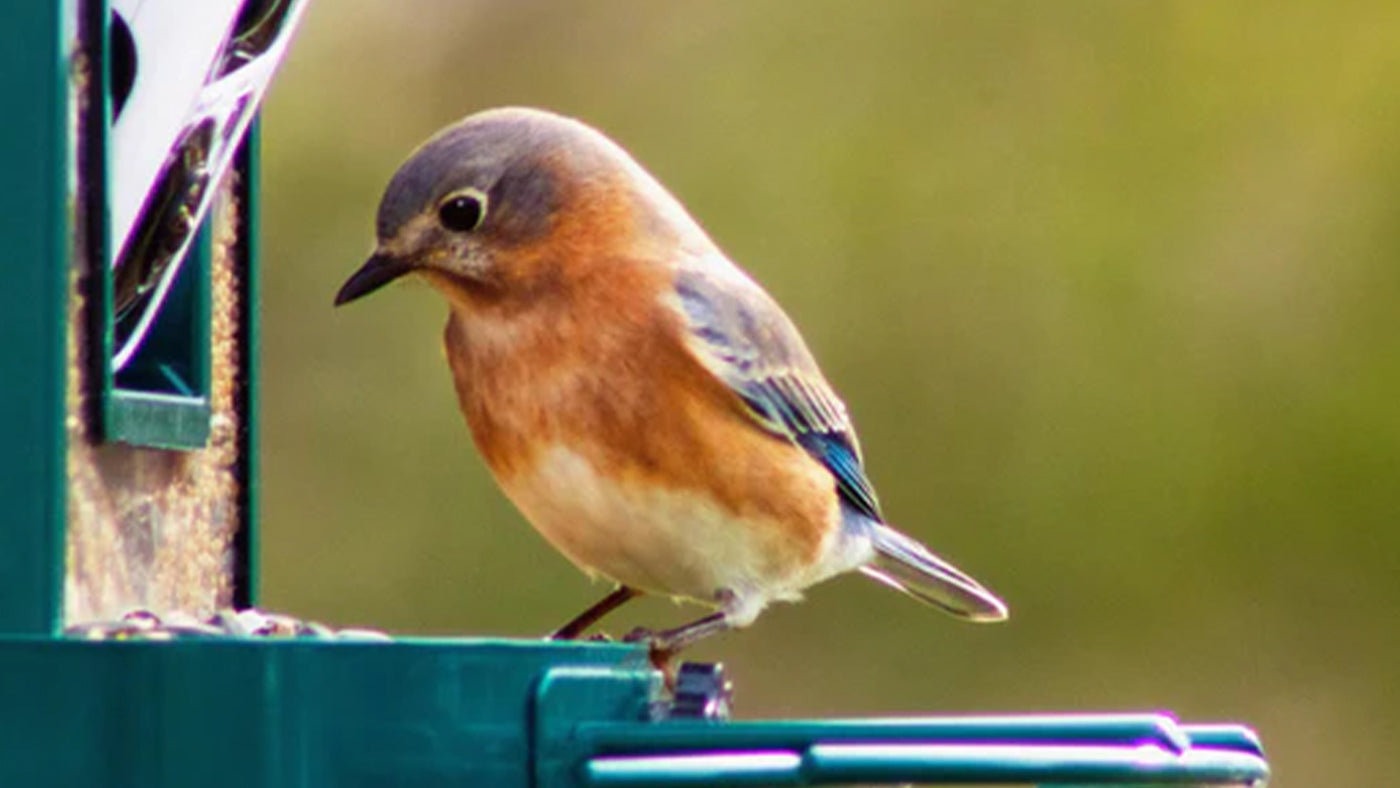Bird Feeding GUIDE
Welcome to this brand new guide to feeding wild
birds! If you’re struggling with how to feed wild birds,
then you’ve come to the right place. But before we
begin, let’s take a careful look at the environment
around us. Have you noticed that our environment is
undergoing irreversible changes? The number of wild
birds is declining, and we’re facing global warming,
environmental destruction, and food shortages.
Faced with this situation, each of us should take action
and make a contribution to protecting wild birds.
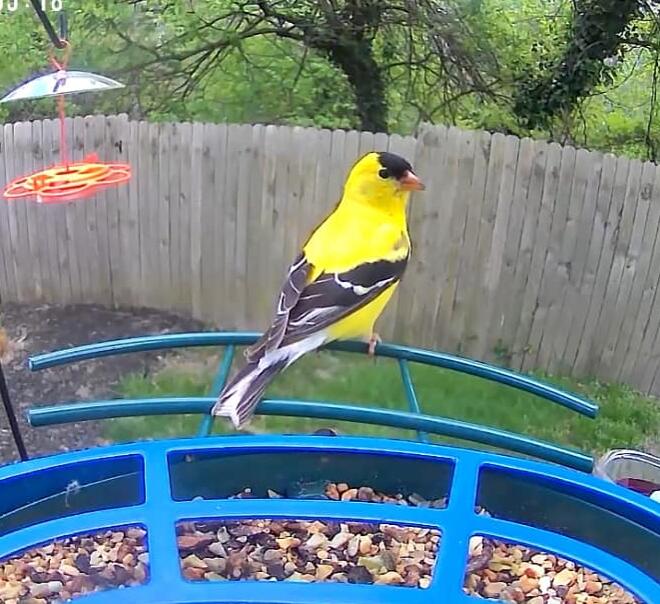
American Goldfinch
BASIC DESCRIPTION
This handsome little finch, the state bird of New Jersey, Iowa, and Washington, is welcome and common at feeders, where it takes primarily sunflower and nyjer. Goldfinches often flock with Pine Siskins and Common Redpolls. Spring males are brilliant yellow and shiny black with a bit of white. Females and all winter birds are more
dull but identifiable by their conical bill; pointed, notched tail; wingbars; and lack of streaking.
Backyard Tips
To encourage goldfinches into your yard, plant native thistles and other composite plants, as
well as native milkweed. Almost any kind of bird feeder may attract American Goldfinches, including hopper, platform, and hanging feeders, and these birds don’t mind feeders that sway in the wind. You’ll also find American Goldfinches are happy to feed on the ground below feeders,
eating spilled seeds. They’re most attracted to sunflower seed and nyjer.
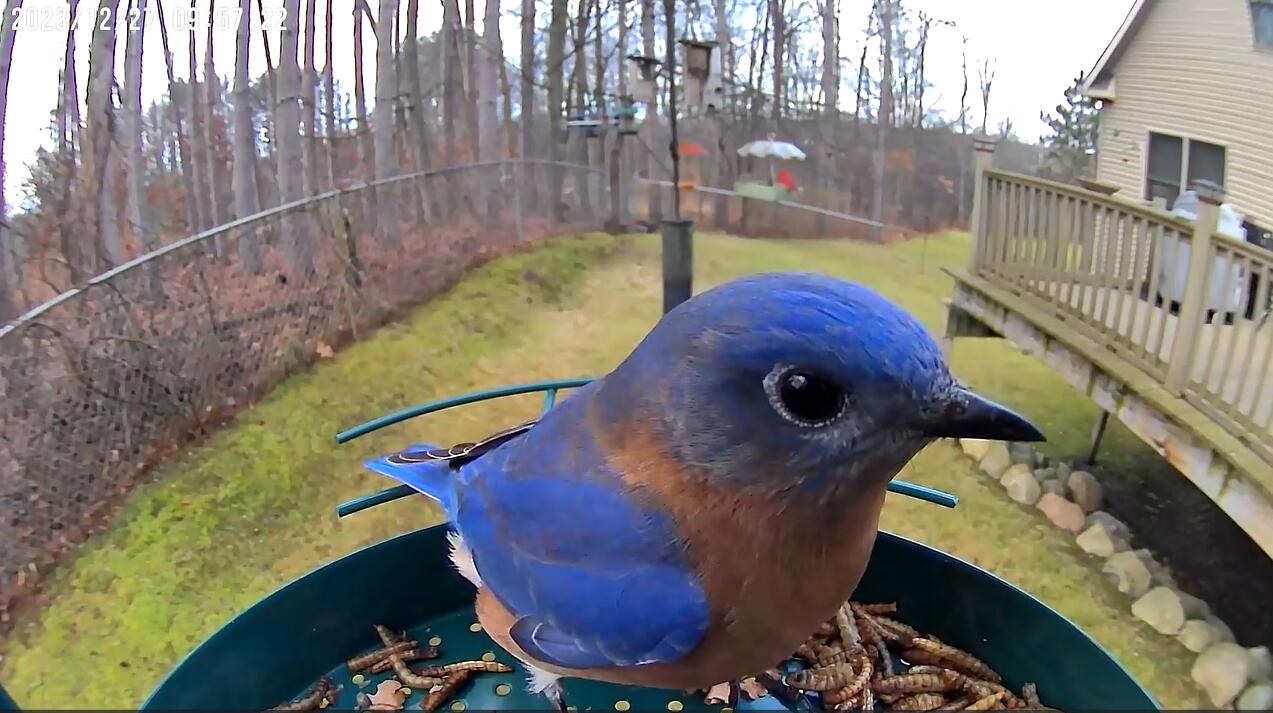
Bluebird
BASIC DESCRIPTION
Bluebirds are highly sought after by garden guests. The Eastern Bluebird is the most familiar of the three North American bluebird species. Most of the country drives during an eastern North American summer will turn up a few Eastern Bluebirds sitting on telephone wires or perched atop a nest box, calling out in a short, wavering voice or abruptly dropping to the ground after an insect.
Marvelous birds to the ground after an insect. Marvelous birds to capture in your binoculars, male Eastern Bluebirds are a brilliant royal blue on the back and head, and warm red-brown on the breast. Blue tinges in the wings and tail give the grayer females an elegant look.
Backyard Tips
This species may visit backyards if food is offered. It doesn't often come to feeders, unless you have feeders that provide mealworms. Eastern Bluebirds are a great prospect for nest boxes if you have the space to put one up in your yard, and if your yard isn’t too hemmed in by trees or houses. Consider putting up a nest box to attract a breeding pair. Make sure you put it up well before breeding season. Attach a guard to keep predators from raiding eggs and young.
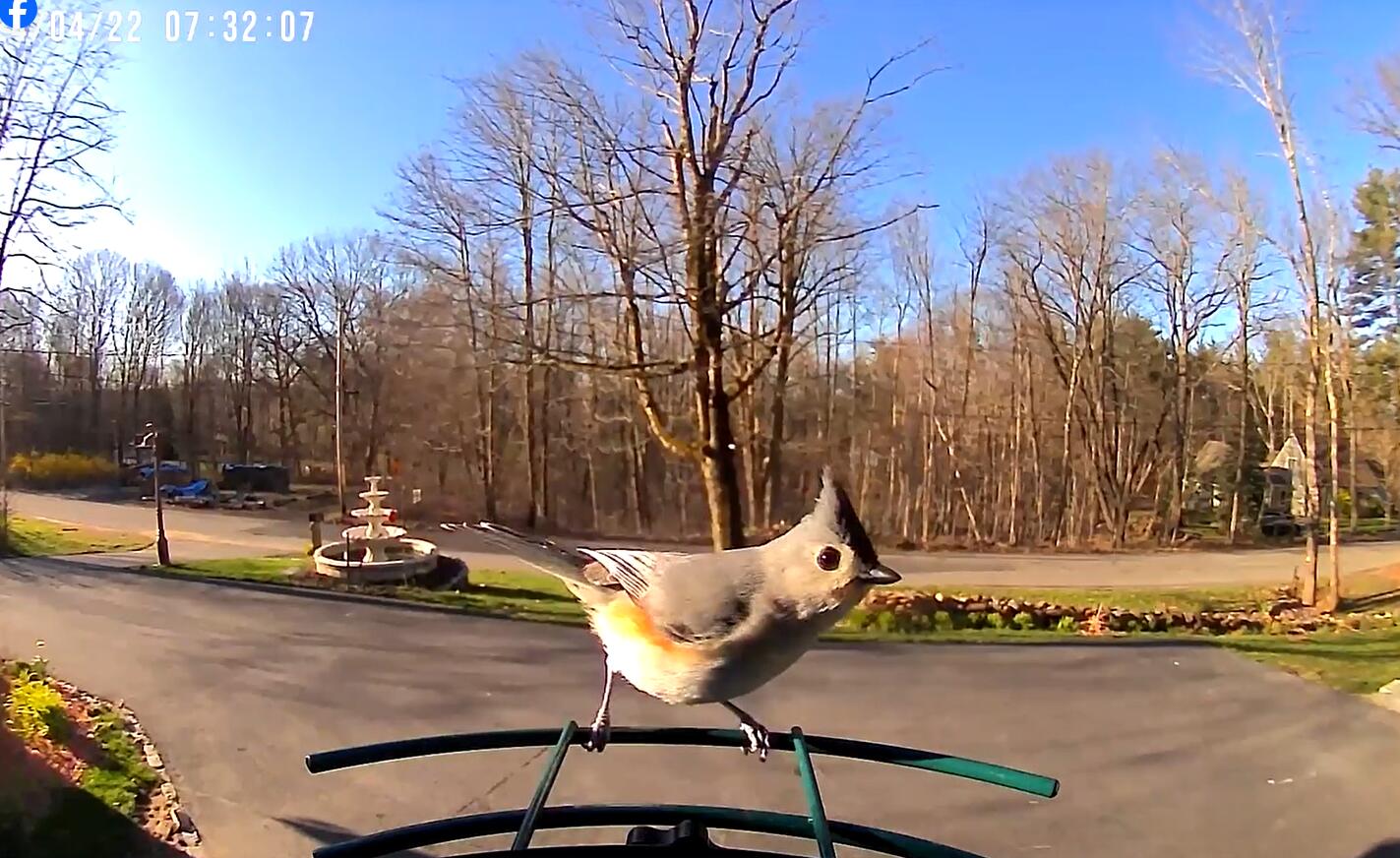
Titmouse
BASIC DESCRIPTION
The Mountain Sparrow is a jumping small bird that likes to live in mountainous areas, grasslands, and forests. They are usually brown or gray on their backs and white on their bellies.A little gray bird with an echoing voice, the Tufted Titmouse is common in eastern deciduous forests and a frequent visitor to feeders. The large black eyes, small, round bill, and brushy crest gives these birds a quiet but eager expression that matches
the way they flit through canopies, hang from twig-ends, and drop in to bird feeders. When a titmouse finds a large seed, you’ll see it carry the prize to a perch and crack it with sharp whacks of its stout bill.
Backyard Tips
Tufted Titmouse are regulars at backyard bird feeders, especially in winter. They prefer sunflower seeds but will eat suet, peanuts, and other seeds as well. Tufted Titmouse build their nests in cavities, so putting up nest boxes is a good way to attract breeding titmice to your yard. Make sure you put it up well before breeding season. Attach a guard to keep predators from raiding
eggs and young.
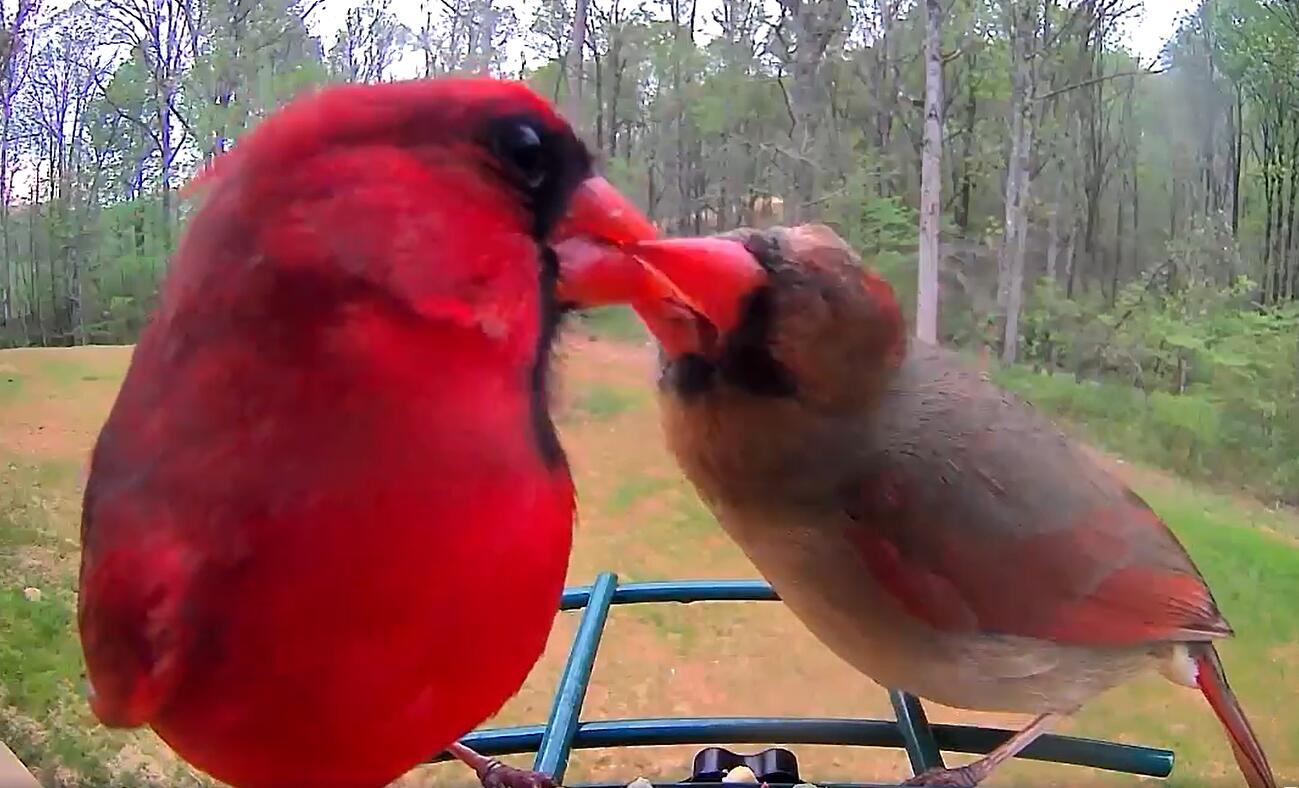
Northern Cardinal
BASIC DESCRIPTION
The male Northern Cardinal is perhaps responsible for getting more people to open up a field guide than any other bird. They’re a perfect combination of familiarity, conspicuousness, and style: a shade of red you can’t take your eyes off. Even the brown
females sport a sharp crest and warm red accents. Cardinals don’t migrate and they don’t molt into a dull plumage, so they’re still breathtaking in winter’s snowy backyards. In summer, their sweet whistles are one of the first sounds of the morning.
Backyard Tips
Nearly any bird feeder you put out ought to attract Northern Cardinals (as long as you live
within their range), but they particularly seem to use sunflower seeds. Leave undergrowth in your backyard or around the edges, and you
may have cardinals nesting on your property.
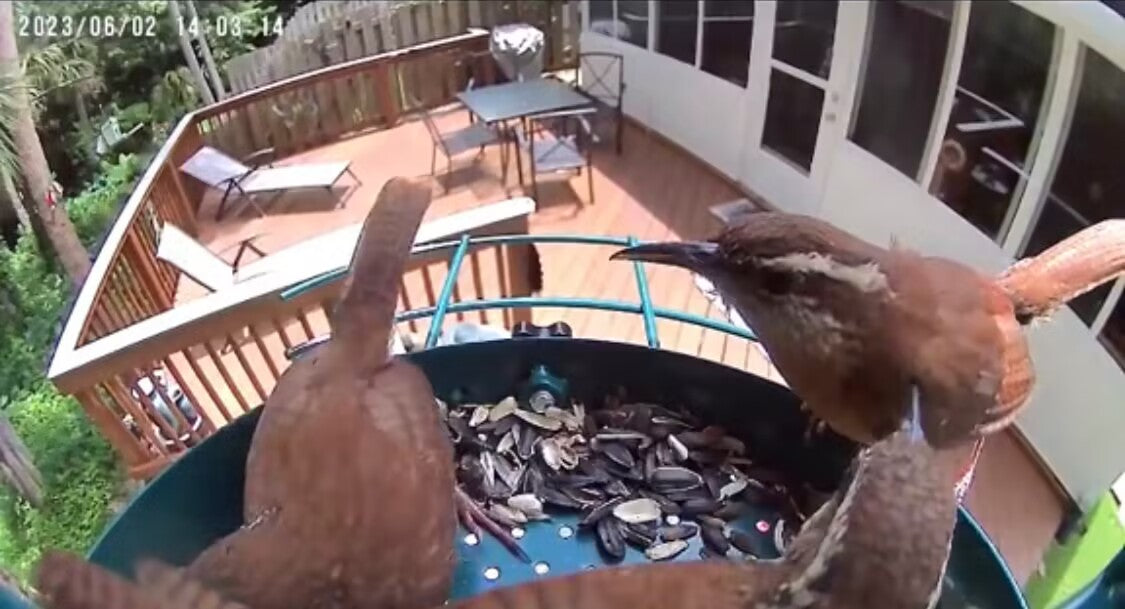
Wrens
BASIC DESCRIPTION
The characteristics of Wrens include unique chirping and complex nesting behavior. They can produce clear and loud songs, and imitate and respond to each other's singing. In terms of nesting, Wrens are very diligent, always able to cleverly create a foothold in spreading leaves and other shelters to prevent enemy attacks. In human culture, Wrens are also often regarded as lucky charms and sources of inspiration.
Backyard Tips
Wrens love brush piles for cover, protection, and a source of insects. If you need to prune trees or cut brush in your yard, consider heaping the cuttings into a pile as a safe place for birds to gather. Consider putting up a nest box to attract a breeding pair. Make sure you put it up well before breeding season. Attach a guard to keep predators from raiding eggs and young.
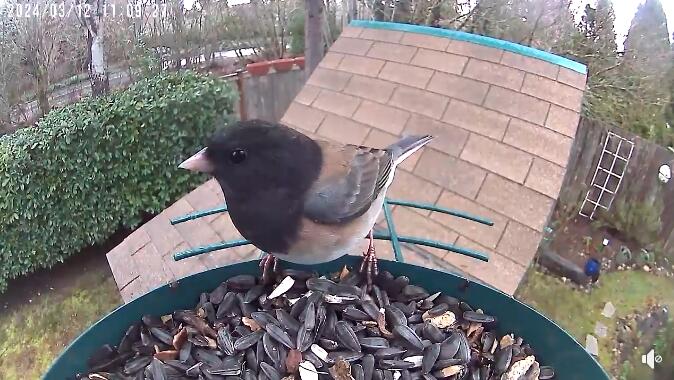
Dark-eyed Junco
BASIC DESCRIPTION
Dark-eyed Juncos are neat, even flashy little sparrows that flit about forest floors of the western mountains and Canada, then flood the rest of North America for winter. They’re easy to recognize by their crisp (though extremely variable) markings and thbright white tail feathers the habitually flash in flight. Dark-eyed Juncos are among the
most abundant forest birds of North America. Look for them on woodland walks as well as in flocks at your feeders or on the ground beneath them.
Backyard Tips
The Dark-eyed Junco is one of the most common birds in North America and can be found across the continent, from Alaska to Mexico, from California to New York. A recent estimate set the junco’s total population at approximately 630 million individuals.
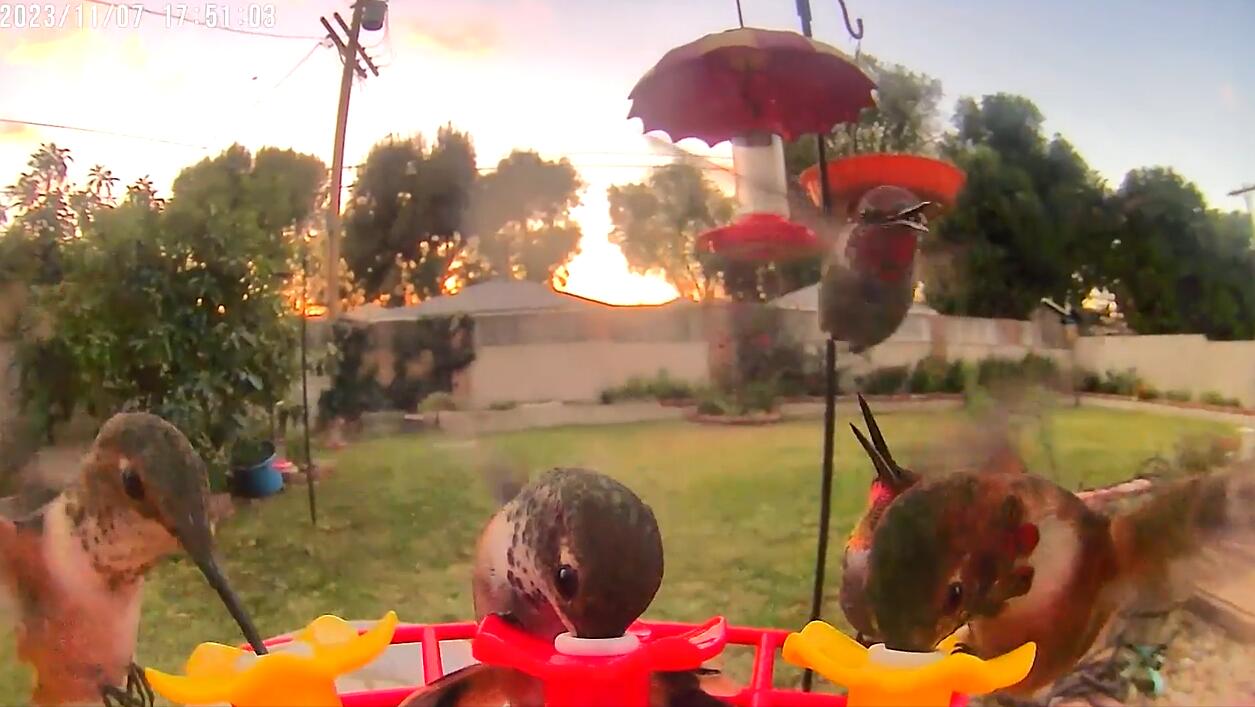
Hummingbird
BASIC DESCRIPTION
Hummingbirds are a very small bird with bright feathers and long, thin bills. They primarily live by flying and are highly skilled at flapping their wings, with a stunning rapid rate of up to 80 beats per second. The hummingbird family in the United States includes multiple species, with common examples such as the Ruby-throated Hummingbird and the Violet-crowned Hummingbird.
Anna’s Hummingbirds are among the most common hummingbirds
along the Pacific Coast, yet they're anything but common in appearance.
With their iridescent emerald feathers and sparkling rose-pink throats,
they are more like flying jewelry than birds. Though no larger than a
ping-pong ball and no heavier than a nickel, Anna’s Hummingbirds make
a strong impression. In their thrilling courtship displays, males climb up
to 130 feet into the air and then swoop to the ground with a curious burst of
noise that they produce through their tail feathers.
Backyard Tips
Anna’s Hummingbirds are welcome backyard birds and are easy to attract. Set out a hummingbird feeder, then mix your own hummingbird food using one part sugar to four parts water. Don't use honey or food coloring. Anna’s don’t migrate much.
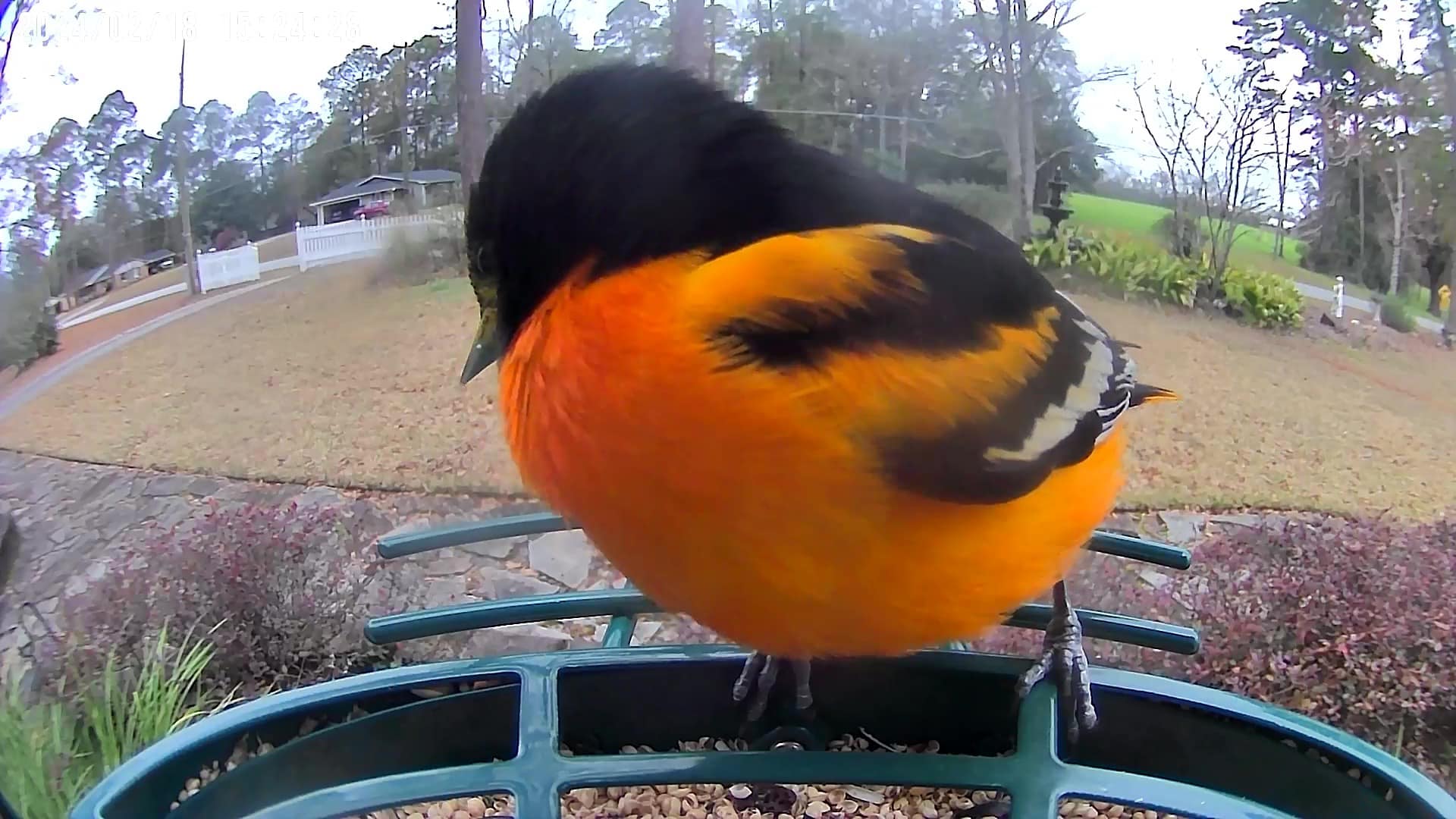
Orioles
BASIC DESCRIPTION
Including Baltimore Oriole and Bullock's Oriole, The rich, whistling song of the Baltimore Oriole, echoing from treetops near homes and parks, is a sweet herald of spring in eastern North America. Look way up to find these singers: the male’s brilliant orange plumage blazes from high branches like a torch. Nearby, you might spot the female weaving her remarkable hanging nest from slender fibers. Fond of fruit and nectar as well as insects, Baltimore Orioles are easily lured to backyard feeders. The Orchard Oriole swaps the typical flame-orange of other orioles for a deep, burnished russet.
Backyard Tips
Baltimore Orioles seek out ripe fruit. Cut oranges in half and hang them from trees to invite orioles into your yard. Special oriole feeders filled with sugar water supplement the flower nectar that Baltimore Orioles gather. You can even put out small amounts of jelly to attract these nectar-eaters (just don't put out so much that it risks soiling their feathers). Planting bright fruits and nectar-bearing flowers, such as raspberries, crab apples, and trumpet vines, can attract Baltimore Orioles year after year. Orchard Orioles don’t visit seed feeders, but they may drink nectar from hummingbird feeders or visit slices of oranges or o erings of fruit jelly (although provide small amounts at a time so it doesn’t get too messy). They are also insectivores, so a shrubby backyard may provide enough insects and spiders to attract them. During fall migration they are attracted
to fruits such as mulberries and chokecherries.
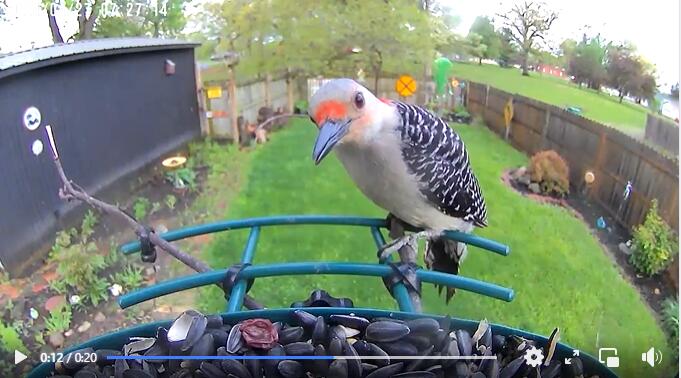
Woodpecker
BASIC DESCRIPTION
The active little Downy Woodpecker is a familiar sight at backyard feeders and in parks and woodlots, where it joins flocks of chickadees and nuthatches, barely outsizing them. An often acrobatic forager, this black-and-white woodpecker is at home on tiny branches or balancing on slender plant galls, sycamore seed balls, and suet feeders. Downies and their larger lookalike, the Hairy Woodpecker, are one of the first identification challenges that beginning bird watchers master. Red-bellied Woodpeckers are pale, medium-sized woodpeckers common in forests of the East. Their strikingly barred backs and gleaming red caps make them an unforgettable sight – just resist the temptation to call them Red-headed Woodpeckers, a somewhat rarer species that's mostly black on the back with big white wing patches. Learn the Red-bellied's rolling call and you’ll notice these birds everywhere.
Backyard Tips
Where they occur, Downy Woodpeckers are the most likely woodpecker species to visit a backyard bird feeder. They prefer suet feeders, but are also fond of black oil sunflower seeds, millet, peanuts, and chunky peanut butter. Occasionally, Downy woodpeckers will drink from oriole and hummingbird feeders as well.
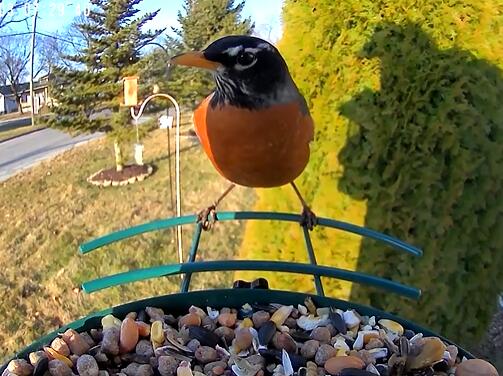
American Robin
Basic Description
The quintessential early bird, American Robins are common sights on lawns across North America, where you often see them tugging earthworms out of the ground. Robins are popular birds for their warm orange breast, cheery song, and early appearance at the end of winter. Though they’re familiar town and city birds, American Robins are at home in wilder areas, too, including mountain forests and Alaskan wilderness.
Backyard Tips
This species often comes to bird feeders. Find out more about what this bird likes to eat and what feeder is best by using the Project FeederWatch Common Feeder Birds bird list.


